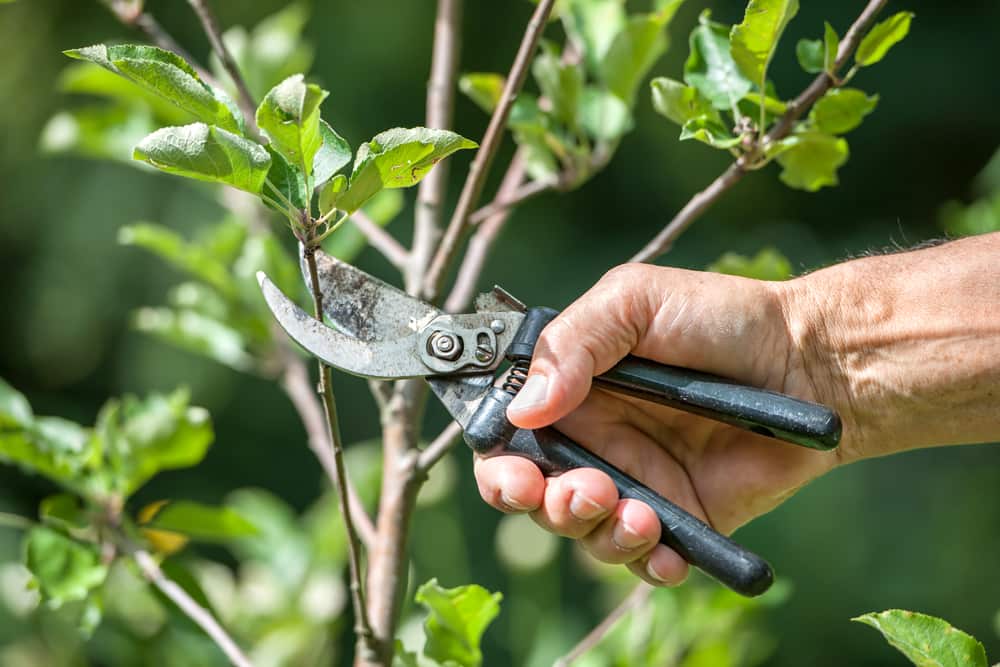
Arborist from Atlanta, GA share insider tips about shearing and its effect on tree health
The Only Definition of Shearing You Will Ever Need
Both pruning and shearing are methods of tree maintenance. Besides the fact that they are both tree trimming methods, the two couldn’t be more different. For shearing, imagine a hedge maze. The unnatural and formal look in these plant-made labyrinths is crafted through shearing. Christmas trees are also often sheared to create the iconic triangular shape. The focus for this tree service is mainly on the top portions of the tree or shrub to create a uniform look.
New growth is sheared off to maintain a tailored appearance. A tree service company is often solicited to shear a plant because of the expertise needed to create the look and to do so in a way that maintains tree health. Read on to learn more about shearing and how it is different from pruning or trimming.
What Sets Shearing Apart from Pruning and Trimming
Pruning and trimming are two other methods for containing development and promoting tree health. Trimming cuts back overgrown sections, which in turn provides the rest of the plant with sufficient moisture and light. Trimming should promote healthy growth. Pruning focuses on tree health by eliminating infected, loose, or dead branches. Shearing involves the appearance of the trees or shrubs.
The effects of the various methods differ as well. While all methods of controlling growth can promote tree health, pruning and trimming prioritize airflow. Shearing creates a thick wall on the outside of the plant. This makes it harder for sunlight and airflow to reach the center of the shrub. Proper tree care with shearing can require a more skilled hand, as the art form naturally gives the center of the tree a disadvantage over pruned or trimmed plant life.
What Trees and Plants Can Be Sheared?
Shearing is ideal for hedges that are used as a boundary. The thick plant walls are perfect for creating privacy from nosy neighbors or busy streets. If a gardener wants a tailored look in their garden, it’s important they choose a plant that will thrive with the seasonal or annual cutting back. Evergreen shrubs and trees are a classic choice for shearing. Herbaceous perennial shrubs also benefit from shearing. This shrub will have new shoots growing annually from the roots.
Cutting back the perennial after it blooms can encourage regrowth and reflowering. Keep an eye out for plants with brown tips around midsummer, as these plants might need some light shearing as well. A good rule of thumb for assessing if plants are suited to shearing is to look at the leaves, branch density, and growth rate. Shearing shrubs and trees should have dense branching, leaves that are less than two inches, and a slow growth rate.
The Benefits of A Tree Service Company
An arborist’s goal is to help plants thrive. Poor technique with shearing can ultimately kill a shrub or tree. If a gardener cuts back on new growth too much, only older and less healthy branches and leaves will remain. The center of the plant will be weak and barren from a lack of sunlight and airflow. Tree shearing can be done safely and support tree health, but it is best done with someone that knows when and where to cut.
About Boutte Tree, Inc.
Boutte Tree is the top-rated service on both Angie’s List and HomeAdvisor for all tree services. These arborists bring their love of trees to every job, whether it’s tree pruning, risk assessment, tree removal, cabling for weaker trees, or general tree health care. For any and all tree needs in the Atlanta, GA area, call Boutte Tree.
